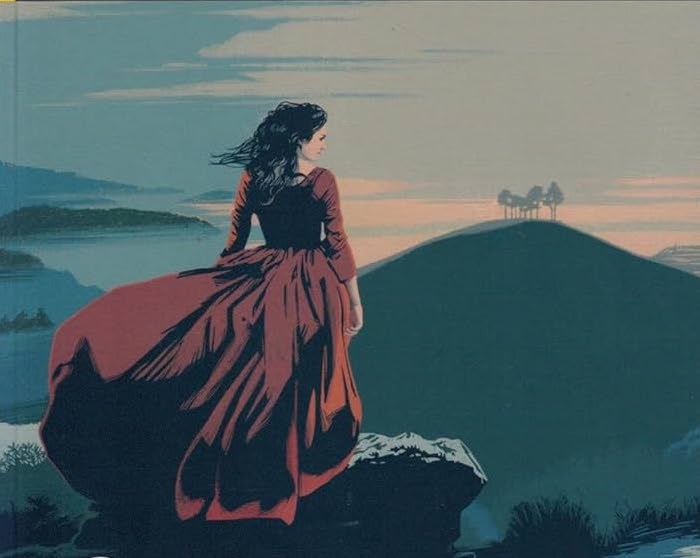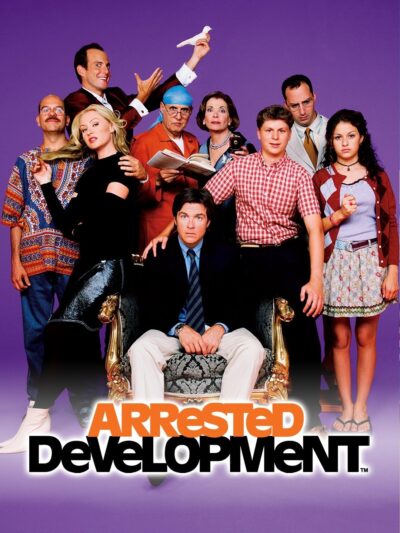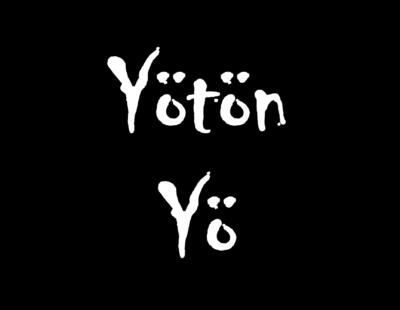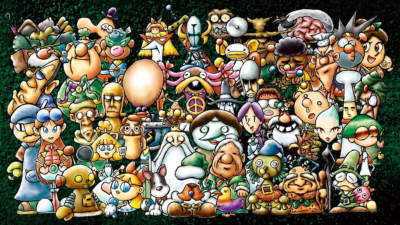How do we Understand Character?
In order to properly delve into specific characters and how they are crafted, we must first establish how we understand characters and what goes into developing them. Characters and the process of developing them are largely overlooked. This, at least in my experience, is due to the approach to reading. When I read, not as writer, but as a reader, I am not trying to break down how a character is crafted and what the author is doing, but I am instead trying to enjoy and understand the character as a living form. This said I think there are different mindsets that must be adjusted when reading to understand it in different ways and be able to truly break down what it is the characters are doing, how they operate, and how they work in connection to the plot and story structure.
In The Cambridge Introduction to Narrative by H. Porter Abbott, the concept of how characters are developed and perceived is explored in detail. I have read this book before and have paid a great amount of focus on the chapter “Character and Self in Narrative,” and each time I read it I am drawn to two concepts: the ability for characters to be real and the power of perception.
In the chapter “Character and Self in Narrative,” Abbott brings up an important question of where do the characters exist and the role of the reader:
“How and where do characters exist? Do they exist in the real empirical world where people walk about and do things, or do they exist the way stories exist, as constructions that reside only in the mental realm – in the minds of the writers as they write, of readers as they read, of audience members as they watch, of people as they look at other people?”
The Cambridge Introduction to Narrative, H. Porter Abbott, pp. 140.
This acts much like food for thought and even though Abbott makes his own answer to this question–or series of questions– quite clear, I like to think there truly isn’t one solid answer to this. Because even going off Abbott’s own points, everything is about perception. Others will perceive his questions and his points differently than I will and we are all probably interpreting and perceiving his work differently than he did or intended. So with that, “if there are no true stories”, as Abbott puts it, and stories are not capable of truly capturing the complexity of life and characters, than what does that say about humans and society as a whole, and the possibility of there even being an answer to his line of questions.
I would also like counter or expand on Abbott’s long line of questions with one of my own. If writers go into character building and story building with the intent of transforming a vision of a person, into a character on paper, and that character is then interacted with and perceived by the masses, where is the line between realism and real? Because even though the characters are not flesh and we won’t run into them while grabbing our morning coffee. We will in a different way because these characters have ingrained themselves into those who have experienced them while reading. And the characters ingrain themself in those living and into society as a whole. So, in a way it can be said that they characters exist as much in a mental realm as they do in the physical one and that it because of the way they are crafted and appreciated. I think my best example of this is Batman who is a character that has ingrained himself so much in society, media, and peoples lives that he has become living person, who just lives through the interpretations, adaptations, and interactions that exist.
Exploration of Character in the Far From the Madding Crowd by Thomas Hardy
I think it can be interesting to delve into how characters are perceived based on preconceived interpretations or opinions. Whether it is from an opinion of someone else or if it is from an adapted version of the character there are aspect of these experiences that impact our perception or expectations of character. One example is if a book is adapted into a movie or show. That experience of the characters whether it be from they way they are approached or the actors playing the roles, impacts how we perceive the character and how they operate in that story or form.
This was somewhat the case for me, not regarding my character of choice, but some characters from the story. I had already seen clips of the movie adaptation of Far From the Madding Crowd and was really interested because of an actor that was playing the role of Sgt. Frank Troy. So in my mind and hopes, I pictured him as more of a central character in the story. I quickly, and sadly, realized that even if Sgt. Troy was a central character, it would take me a minute to be introduced to him. This altered the way I approached the book and how much interest I still in the story.
But while reading my attention was quickly drawn to the leading character at the moment, Gabriel Oak. I mainly found it intriguing how his character was introduced and then how his character was used to introduce other characters indirectly (in a way).
Who I broke down Gabriel Oak’s character to be so far:
A farmer who is not linear and but stands in his own right regardless of the outside opinions and perceptions that change with mood and standing of the public. He seems to be a complex, but in the way that his character mirrors that of how people are complex and experiences are complex. But Oaks personality and seemingly undeclared opinions and interests are that of a young man who is unsure of himself and still in limbo between the freeness of youth, and the hardness and certainty associated with adulthood. A character that is not flat or simply laid out or understood, but has layers and a form of complexity that reflects human experiences and traits.
Well Crafted Characters I’ve Encountered
To just name one expertly crafted character that I have encountered is difficult. This is predominantly because I don’t base my expectations or standards off one set of criteria, which results in a list of amazingly crafted characters all in their own right.
Kaz Breaker: because of how in depth his character is presented and ingrained within his story and environment.
Anthony Bridgerton: through his trials, relationships, and approaches to circumstances.
Lovelight Farms (Novel): The characters in the book all are just really well crafted, but the main two character are especially well crafted. The main character is really built through her bond and relationship with her best friend and love of her life. But the character is also developed through not just her best friend, but other people within town and around her. This story specifically relies a lot on environment and the character is developed through her connection to her environment and those in it.
And it comes down to how the characters are continuously developed through that of their surroundings and those they encounter. But is also through how others perceive them and the reader perceives them that some of character creations live, or begins too, which then adds to the story and experience. I think looking to some of the characters that we have been drawn to or have personally thought were well crafted can be helpful in the writing process and determining how to ultimately approach your own characters.
Character Creation
Christian Sandem was a devoted man who dedicated much to the thought and power of those he believed in. He believed in his father and his father believed in the power of man and his country. So, Christian believed in his father, the power of man, and his country. And what better a way to show his belief than to enlist in the U.S. Navy, the minute he fulfilled his mother rules that he graduated high school.
It’s been three years now and Christian has seen war, love, death, and the world. But as much as he has questioned what he believed in, he never truly believed in anything but in that of others. An easy way, a burdenless way to live a life and yet never truly live one you can call yours.
My adaptation of the introduction of Gabriel Oak’s character from Far From the Madding Crowd
I crafted my short form introduction of a character based on the way that Thomas Hardy seems to introduce the character of Gabriel Oaks. Which this also goes to show how much of technique and narration impacts the development of characters.
Attribution Statement
Far From the Madding Crowd, Thomas Hardy. Reading and Training edition cover. Black Cat, 2017.https://www.amazon.com/Madding-Crowd-2018-Reading-Training/dp/885301721X
Works Cited
Abbott, H. Porter. The Cambridge Introduction to Narrative, Third Edition. Cambridge University Press, 2020.




